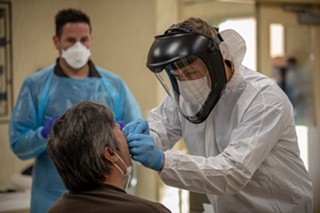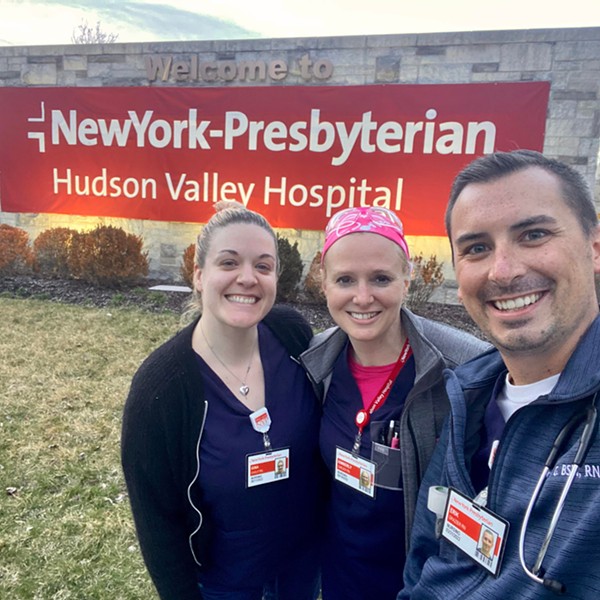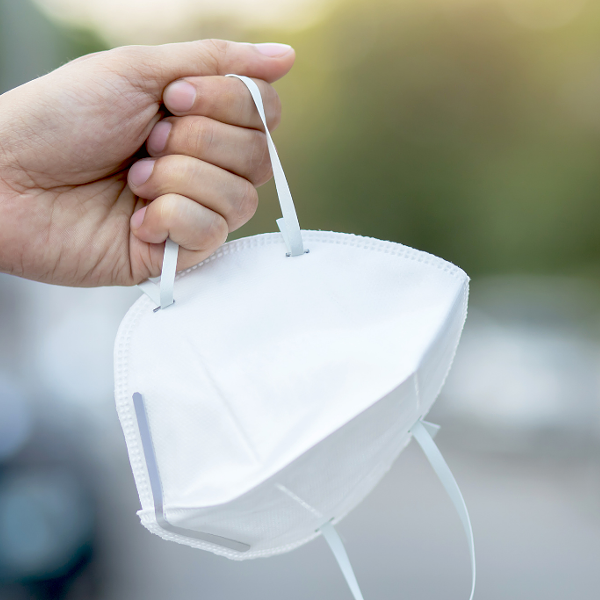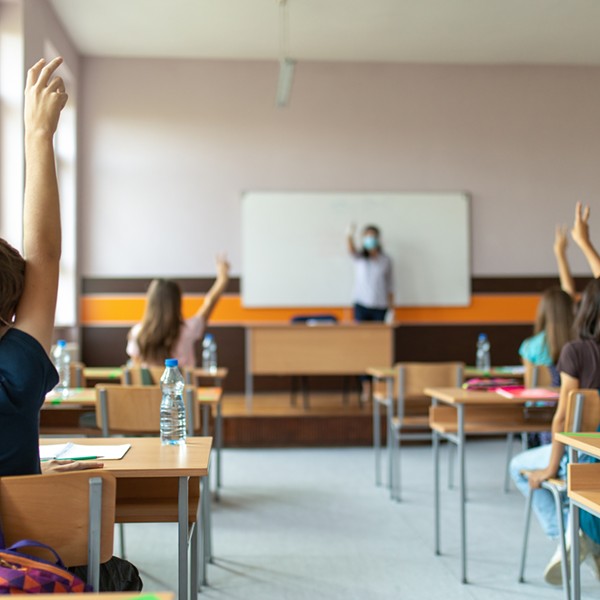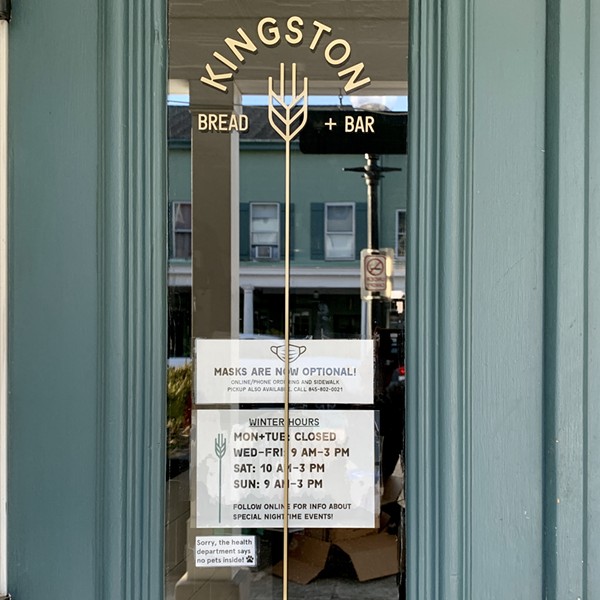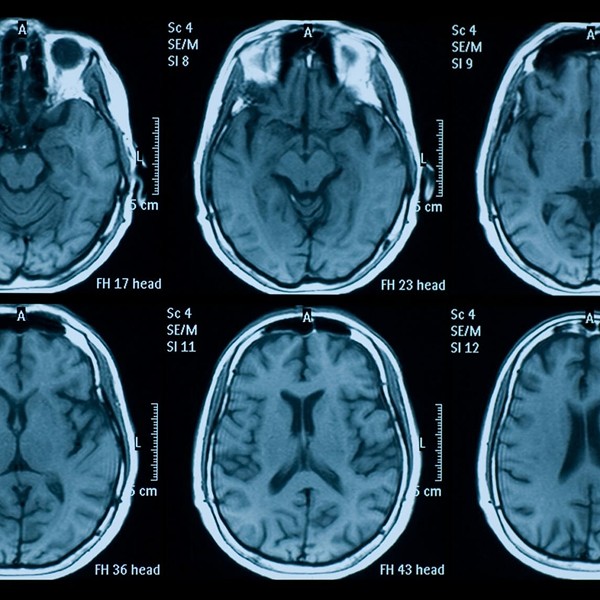This is a roundup of coronavirus news and announcements from New York State and Hudson Valley and Catskills counties for Thursday, August 20 and Friday, August 21.
NEW YORK STATE
428,512 cases confirmed (709 new)
7,452,267 tests performed (98,880 new)
Positive test rate: .72%
25,278 deaths (3 new)
490 current hospitalizations
119 current ICU admissions
New York State coronavirus page
New York State official pressroom
Hotline: (888) 364-3065
A Friday afternoon news dump held some hope for unemployed New Yorkers struggling to get by: New York State will apply for the federal Lost Wages Assistance program, created by an executive order from President Donald Trump and funded by the Federal Emergency Management Agency (FEMA). The news was announced in a brief statement by New York budget director Robert Mujica: “Now that the federal government has blinked and will no longer make states provide funding they do not have, New York State will apply for the Lost Wages Assistance program,” he wrote. “As Governor Cuomo has said, politics does not impact policy—especially during a pandemic—and if New Yorkers are in need, this administration will do everything we can to support them. But make no mistake, this does not absolve Washington from doing its job, and they must pass a comprehensive aid package that provides a stable extension of unemployment benefits, repeals the SALT cap and supports local and state governments. Anything else would simply be unacceptable.”
What that means for New Yorkers: The state must now apply to FEMA for the funding, and create a separate program to distribute it to eligible recipients. Once the new system is in place and approved, eligible New Yorkers should start receiving $300 a week in extra unemployment benefits funded by the federal government.
A few major limitations:
- It’s unclear how long the money will last. FEMA will initially approve a grant of just three weeks for every state that joins the program. If the balance in the Disaster Relief Fund, the source of the funding, drops down to $25 billion, FEMA will stop issuing grants—and with wildfires raging in California and twin hurricanes taking aim at the Gulf Coast, there may be competing demands on that funding source. The New York Times estimates that the program has enough funding for five or six weeks if every state signs up; so far, only South Dakota has opted out. The website UnemploymentPUA.com is tracking the status of state participation in the program.
- The payments were initially announced as $400 a week, with $300 coming from federal funding and $100 from states, but New York and other states hit especially hard by the pandemic are unlikely to contribute from their own coffers. At first, states were required under program rules to contribute 25 percent of the cost, a standard match for any FEMA funding, but after an outcry by states facing budget disaster, FEMA revised the rules to allow states to count funds already spent on unemployment toward their match. Any state joining the program without voluntarily contributing the additional $100 will only make payments of $300, not the full $400.
- Unlike the $600 emergency unemployment benefit passed by Congress, not everyone on unemployment is eligible for the program. People receiving less than $100 a week in unemployment will not be eligible for the additional $300, under federal rules. That group includes many of the lowest-paid workers as well as people whose employers are on “shared work” programs, which allow businesses to avoid layoffs by reducing employee hours and partially compensating them for lost income with unemployment benefits. As of mid-July, almost 2,600 New York State businesses (including The River’s parent company) had signed onto a shared work program, a more than tenfold increase over 2019.
On Thursday, Governor Andrew Cuomo signed a package of election laws aimed at making it easier for New Yorkers to vote this November. The reforms allow any New Yorker to request an absentee ballot due to risk of illness, a category that covers anyone worried about catching COVID-19 at the polls, and ballots can be requested immediately from local Boards of Elections. Also passed: A law that allows ballots to be postmarked the day of the election, November 3. Still on the Governor’s desk, unsigned: A bill that would create a system to notify voters of issues with their absentee ballots and give them the opportunity to fix them.
A long-simmering feud between the Department of Health and Human Services (HHS) and the US Food and Drug Administration (FDA) boiled over into the public arena this week, when the HHS moved abruptly to bar the FDA from regulating a broad array of pandemic-related laboratory tests. The move was met with mixed reviews from experts, The Washington Post reports, with some hoping that lack of regulation would speed tests along, and others fearing that a lack of FDA oversight would result in a profusion of shoddy tests.
In other dramatic Trump administration pandemic news, The Wall Street Journal reported on Thursday that HHS is returning the task of collecting and publishing hospital COVID-19 data to the Centers for Disease Control, a reversal of a controversial policy put in place in July. Plot twist: HHS denies the report, and is claiming that The Wall Street Journal screwed up.
About 200 casino workers rallied in Albany on Thursday to lobby Cuomo to reopen. “We are essential. We’re essential for our families and our communities and to the economy and our state. We need our casinos to be open,” one Tioga Downs front desk manager told USA Today.
Area Men, In Midst of Pandemic, Decline to Wear Mask. That is more or less the finding of an extensive New York Times tally of mask compliance among some 7,000 people in 14 spots across all five boroughs of New York City this summer. The overwhelming majority of people Times reporters saw at every location except Rockaway Beach were wearing masks; special kudos go to the folks of Flushing, which set the pace with a 99 percent adherence rate. But in every place but one, more men than women were walking around unmasked, and at some corners, the gender gap approached 25 percentage points. “Men were also considerably more likely than women to be wearing their masks in a kinda-sorta way,” writes reporter Andy Newman. “Nostrils peeking over, mask under chin, mask dangling from one ear strap.” (Editor’s note: Men, do better.)
Protests of recent service disruptions and equipment dismantling at the US Postal Service will be held at post offices across the nation on Saturday. Locally, the protests range across both urban and rural parts of the Hudson Valley and Catskills, from Yonkers (pop. 199,663) to Franklin (pop. 340).
The New York State Department of Health has quietly published a rule requiring nursing homes to stock up on a 60-day supply of personal protective equipment, the New York Post reports.
Announced by New York State on Thursday and Friday:
- Behavioral health providers across the state have been awarded funding to expand telemedicine for addiction services. The funding is earmarked for buying computers, webcams, and other equipment to support the services.
- On Thursday, Cuomo signed an executive order extending a moratorium on commercial evictions and foreclosures until September 20.
Since mid-May, The River has been collecting and charting data on the number of active COVID-19 cases by county in the Hudson Valley and Catskills. Below is a Flourish animation we have compiled that shows the rate of active cases per 10,000 residents for each county over time, from May 12 through the present date.
LOWER HUDSON VALLEY
County coronavirus pages: Rockland, Westchester, Putnam
Nyack Public Schools announced Thursday that it will begin the academic year with remote-only learning on September 9. Nyack joins Pearl River, East Ramapo, South Orangetown, Suffern, and Clarkstown school districts in Rockland County in going 100 percent online for at least for some portion of September.
MID-HUDSON VALLEY
County coronavirus pages: Orange, Dutchess, Ulster, Columbia
Six Columbia County school districts have announced their plans for reopening, the Register-Star reports. Highlights:
- The Germantown, Hudson, and Chatham districts will begin the school year remotely, before transitioning to in-person learning over the next several weeks. The districts will offer remote learning to students who choose it.
- Ichabod Crane will bring its students in kindergarten through fifth grade back for full-time in-person learning. Older students will be taught in a hybrid model in two cohorts, with two days a week of in-person learning for each cohort.
- New Lebanon will bring elementary through eighth-grade students back for four days a week of in-person learning. High school students will be taught in a hybrid model in two cohorts, with two days a week of in-person learning for each cohort.
- Taconic Hills will seek to meet social distancing requirements through reduced class size, and use block scheduling to cut down on transitions between classes.
The Dutchess County Stabilization Center, a resource for residents to get help with mental health and substance abuse issues, is scheduled to return to walk-in visits on September 15. The center has been operating via telehealth throughout the pandemic.
The Columbia County Health Department will hold a walk-up testing clinic from 9am to 11am, Monday, August 31 on the sidewalk in front of the John L. Edwards Primary School in Hudson. Tests will be limited to the first 50 to arrive.
Citing decreased demand due to the pandemic, American Airlines announced Friday that it will drop flights to 15 smaller airports, including Stewart International Airport, starting in October.
CATSKILLS
County coronavirus pages: Sullivan, Delaware, Greene, Schoharie
The Schoharie County Department of Health provided its first county COVID-19 update in nearly a month on Friday, reporting that two SUNY Cobleskill students have tested positive for COVID-19. The first student to test positive alerted the university almost a week ago; the news prompted an alert to be sent to the campus community, but Schoharie County health officials did not alert the wider community until Friday, and there has been no announcement on SUNY Cobleskill’s website about the cases. According to county health director Amy Gildemeister, who writes the county’s Facebook posts, both students followed protocols and reportedly only came into close contact with their roommates. The county currently has two people in quarantine, and zero in isolation. Gildemeister told The River that neither student was counted by New York State toward Schoharie County’s case data, which have not included a new case in more than a week; we can only presume that the students were included in another county’s statistics.
As if we don’t already have enough diseases to worry about: A rabid woodchuck attacked someone in the town of Cochecton near Lake Huntington, the Sullivan County Department of Health reported Wednesday.
On-the-ground local reporting and analysis has never been more important, and that’s what The River aims to provide. But we need your help to continue the work we’re doing. Will you support our journalism today?
OF INTEREST?
The River has a guide on where, how, and when to get tested for the coronavirus in the Hudson Valley and Catskills. To read more of our coronavirus coverage, visit our coronavirus page.
The River is collaborating with WGXC to announce these updates over the air. To listen, tune in to 90.7 FM at midnight, 5am, 7am, or 9am, or visit the audio archive online.
La Voz, una revista de cultura y noticias del Valle de Hudson en español, está traduciendo estos resúmenes y co-publicandolos en su página web. Leyendo aqui. También puede escuchar actualizaciones diarias por audio en el show “La Voz con Mariel Fiori” en Radio Kingston.








